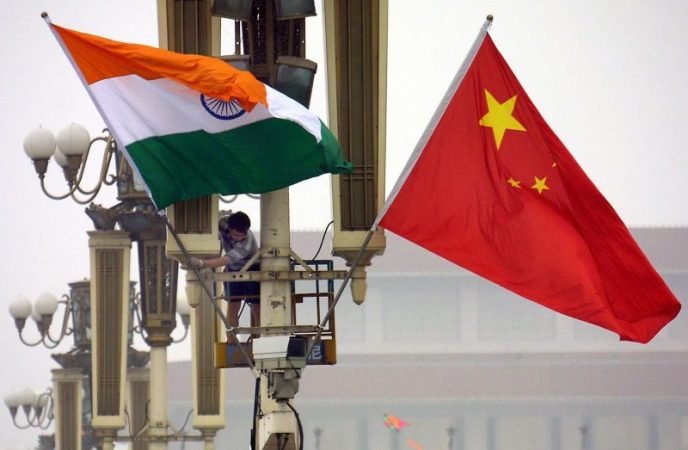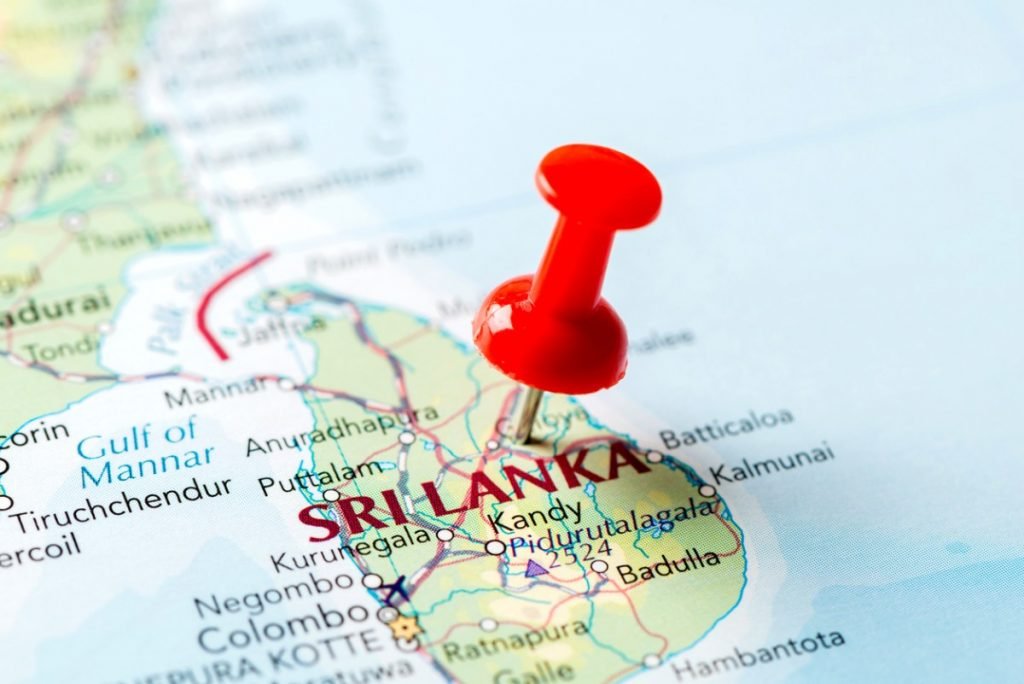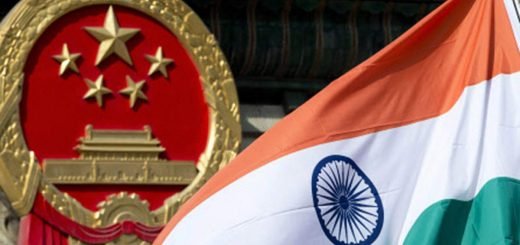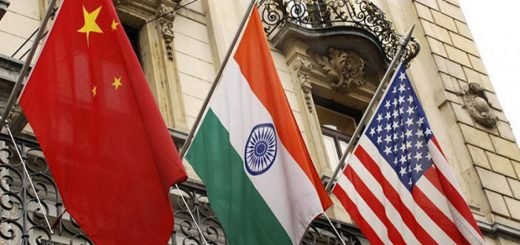China and India: The geopolitical shift in the Indian Ocean

China has made monetary reliance among a few South-Asian nations and has pushed its plan of setting up business bases in the Indian Ocean locale to the degree of trading debt with sovereignty, said Taiwan Times weekend editor Lisa Conklin. In her article named, “Chinese Footprints on Indian Ocean Shorelines – Sri Lanka” brought up that on account of Sri Lanka, the Chinese venture can be seen, “as an exemplary instance of China’s imperialistic plans in plain view, compromising harmony and dependability in Sri Lanka as well as the whole area itself.” “Throughout the long term, China has attempted to extend its impact in the Indian Ocean Region (IOR) through its ‘string of pearls’ formula pointed toward growing the nation’s military and vital interests under the pretence of a monetary turn of events,” the editor wrote on the Taiwan Times.
In December 2017, Sri Lanka gave over the control of the Southern Ocean port of Hambantota to China amid worries over the Chinese endeavours to grow its impact in the region, as per the Taiwan Times, with the individuals from the opposition considering it a “sell-out to China”. Maithripala Sirisena, the then Sri Lankan President “proceeded to censure the arrangement as robbery with no attempt at being subtle and anticipated that the nation would turn into a colony of the Chinese”

The Justice Minister, Wijeyadasa Rajapakshe, in Sirisena’s Cabinet, reprimanded the lease to China as an infringement of Constitution and far an equivalent as selling public resources, she stated, ” While China painted a ruddy picture about how Hambantota Port would help the Sri Lankan economy to develop, only 175 ships showed up at the port in 2017. With draining income, the island nation couldn’t reimburse the Chinese loans and in the end, had to give China a controlling equity stake,” Conklin composed.
She further called for the international community to reiterate its obligation to keeping up the sovereignty and independence of countries as equals and assists nations trapped in the vicious debt trap spread out by Beijing. ” With extending Chinese presence, in countries inside the South Asian and South-East Asian territory, it is time the international community underscores its commitment to keeping up the force and opportunity of nations as equivalents and
assists the countries trapped in this vicious debt trap from falling prey to one nation’s imperialistic and ruthless strategies,” she wrote.
This comes after Beijing, in January this year, passed a law that gives power to its coastguard to fire on foreign vessels and demolish structures built in contested waters. China’s territorial claims in the South China Sea and its endeavours to advance into the Indian Ocean are seen to have challenged the established rules-based system.
China and India are engaged with a tug of war over maritime bases and forward presence within the Indian Ocean. India and China both view the region through their geostrategic frameworks, ensuring intense jostling at best or conflict at worst Truth be told, China’s interests in littorals are less about development and more about Beijing’s longing to build up itself as an “established power” in the Indian Ocean – much as the United States, Britain, and France have done. The Indian Ocean Region (IOR), a key geostrategic space connecting the energy-rich countries of the Middle East with monetarily dynamic Asia, is the site of strengthening competition among China and India. This contention has critical vital ramifications for the United States. Progressive U.S. organizations have articulated the developing significance of the Indo-Pacific locale to U.S. security and monetary methodology.

China geostrategically defines South Asia and the Indian Ocean as an extension of its Maritime Silk Road, the trade and infrastructure corridor linking coastal China to other Asian countries. The Maritime Silk Road is half China’s broader Belt and Road initiative, which seeks to expand China’s links throughout Eurasia. In this manner, Beijing regards the region as stretching out from waterfront China, through Southeast Asia, into the Indian Ocean, and right to the Saudi landmass and African littoral. The Chinese view of the region is an integral part of a broader geo-economic and geostrategic vision for China and the world.
As China, is closing in all the neighbouring countries and has moved up to Sri Lanka and has in a way succumbed the island nation into a debt trap, it is a cause of worry for India and its geopolitics as China has managed to establish a network of Chinese military and commercial facilities developed by China in countries falling on the Indian ocean. The Indian defence establishment is extremely concerned as the string of pearls has the potential to encircle India. The ‘Look East Policy’ was always seen as an answer to the Chinese string of pearls.


















